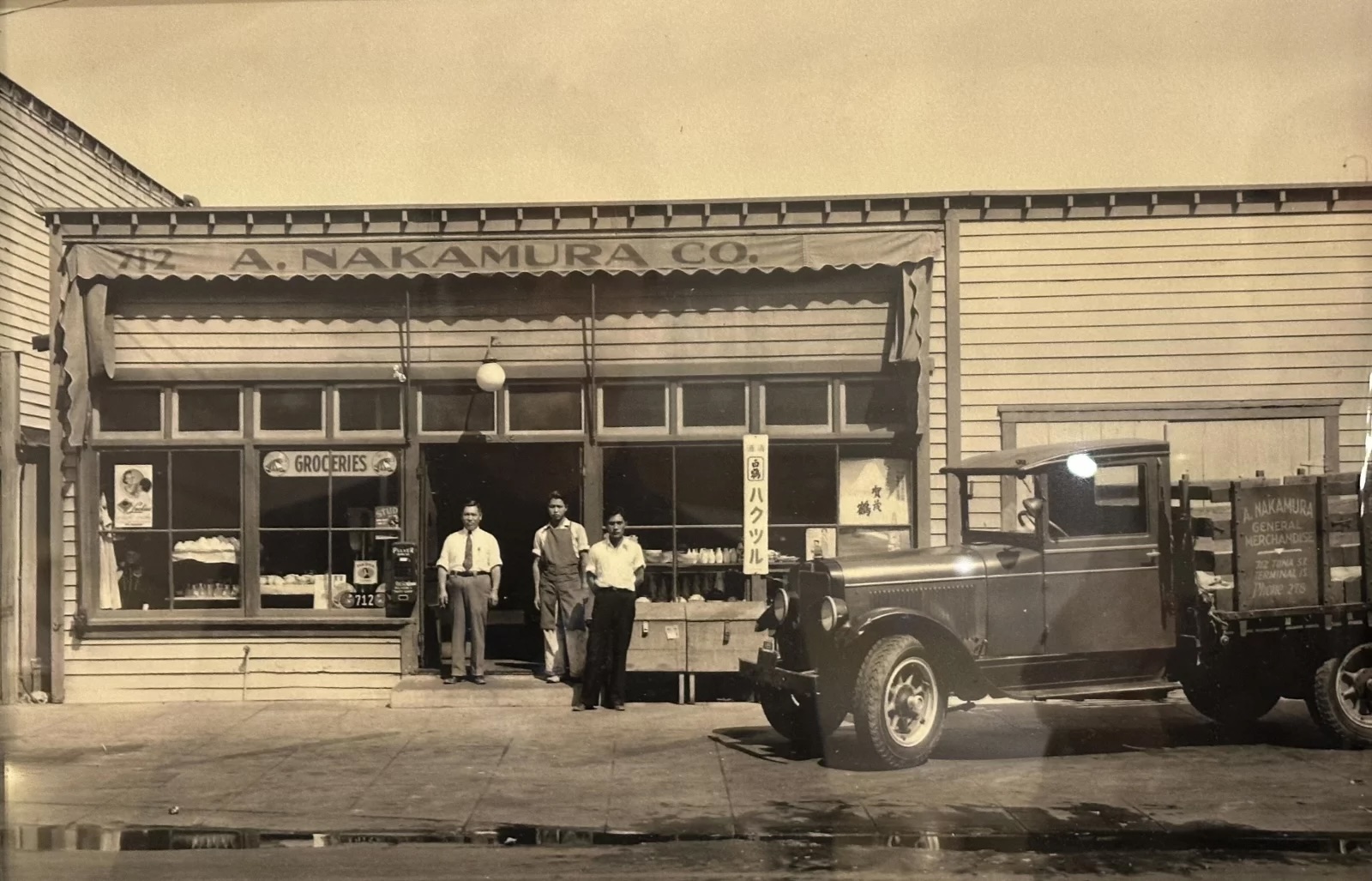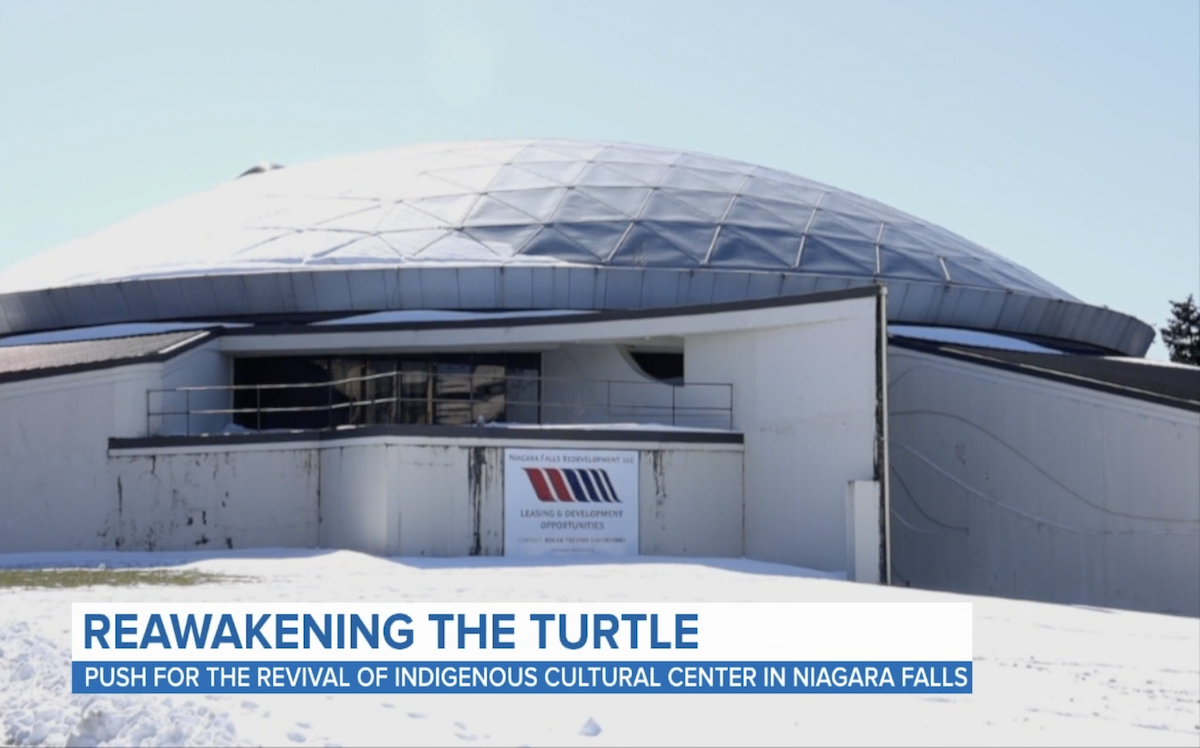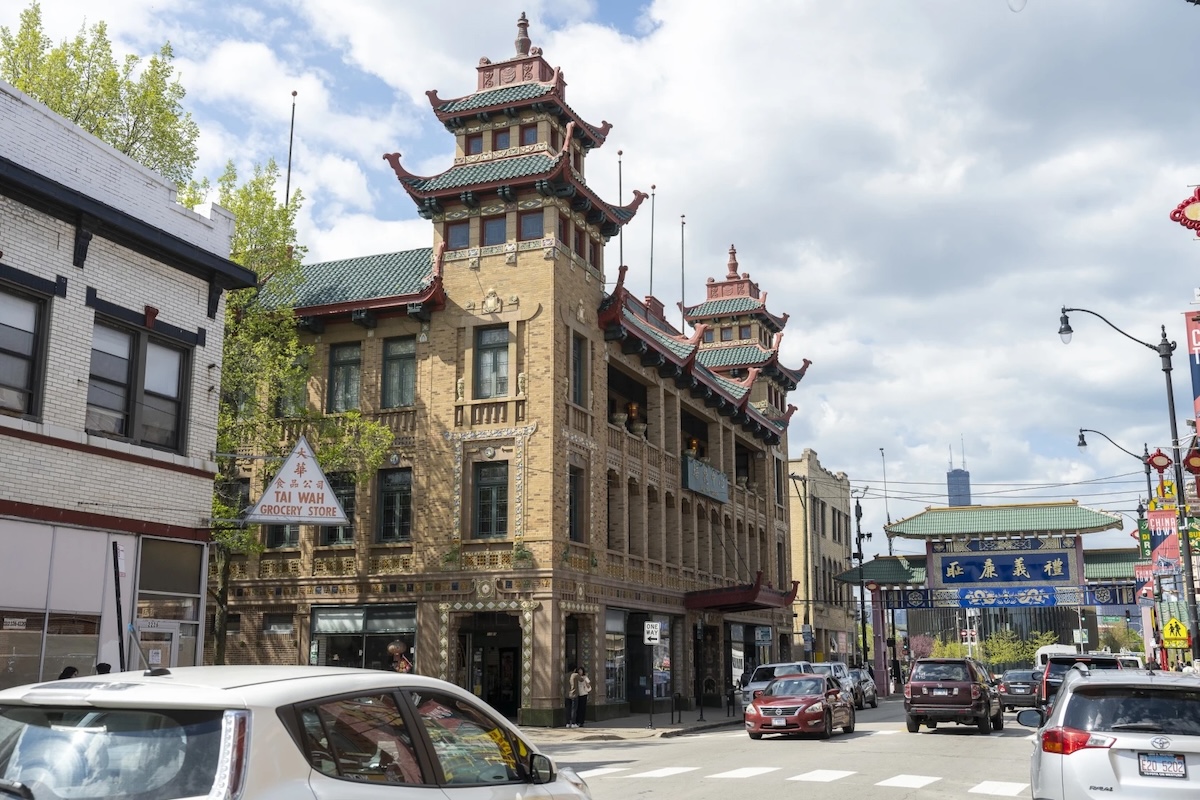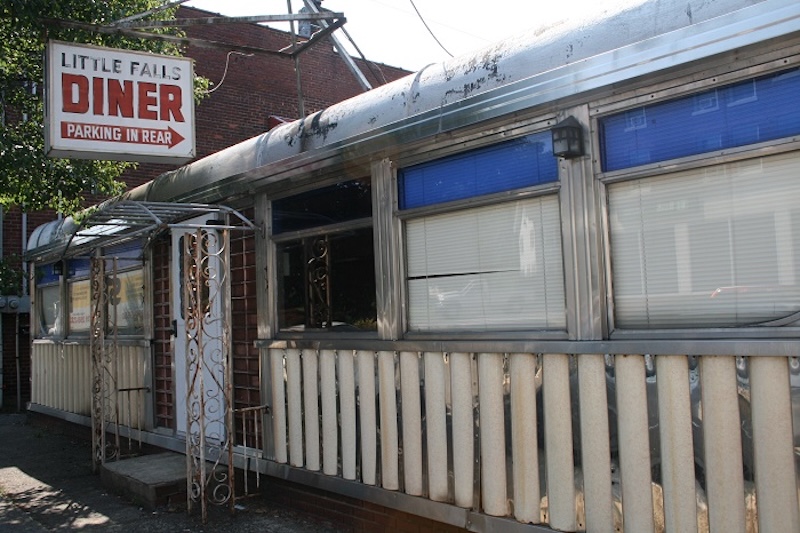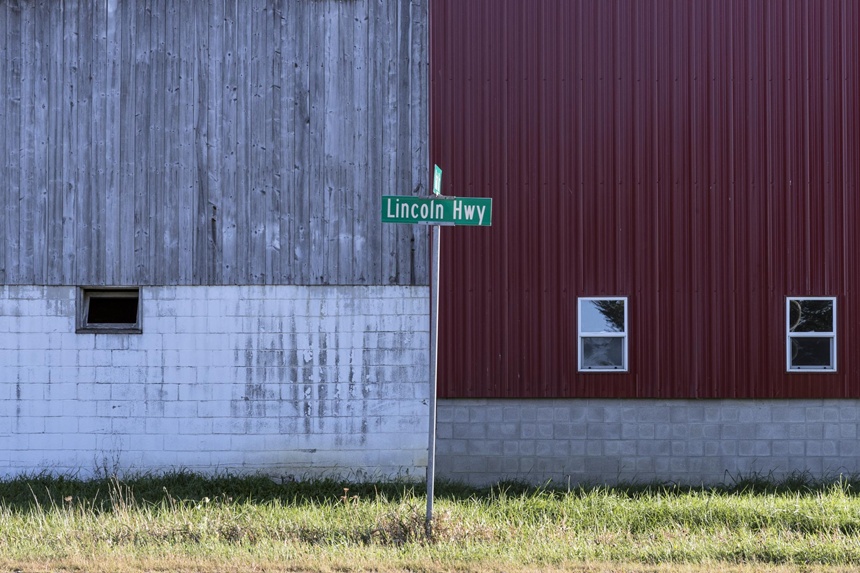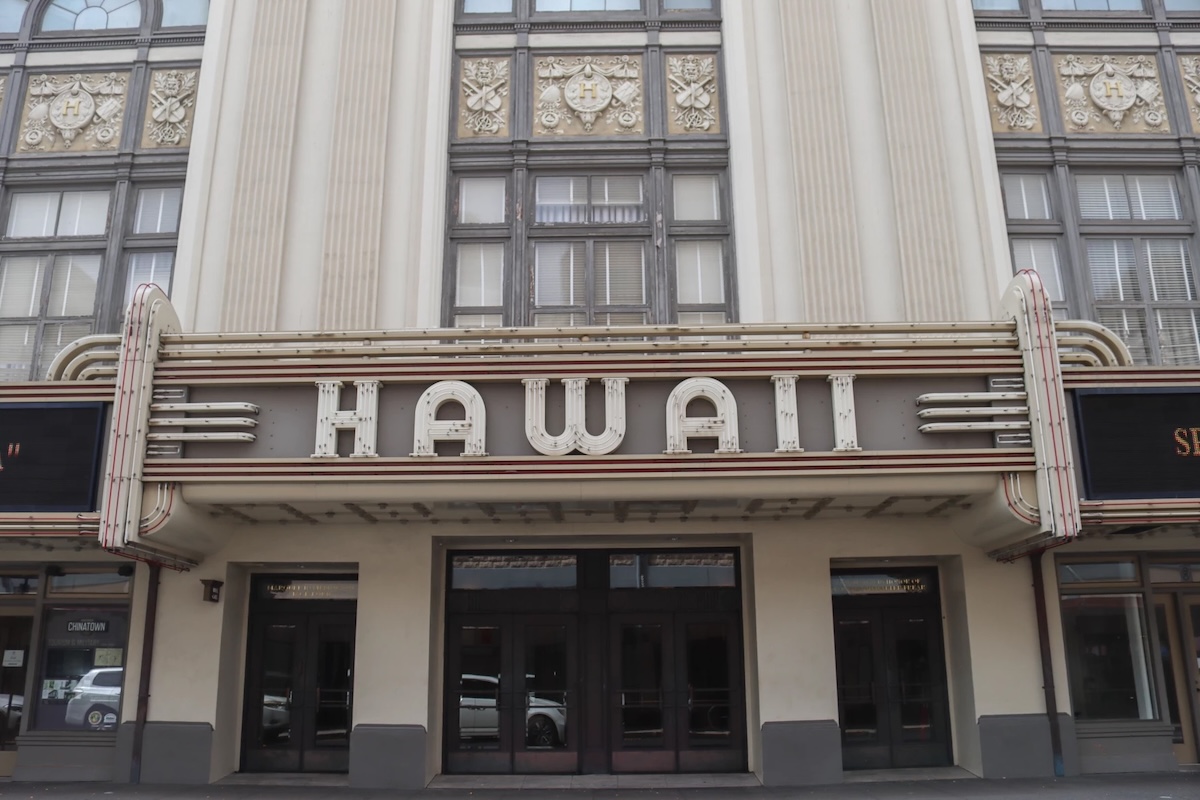Here’s the 2025 list of most endangered historic places in the U.S.
A. Nakamura Co., prior to World War II, c1930-40. Tim Yuji Yamamoto/National Trust for Historic Preservation
From NPR: Back in the 1930s, an untrained architect in Phoenix, Ariz., built a ramshackle structure resembling a sandcastle from found materials. The Mystery Castle, which became a funky roadside attraction, fell into disrepair over the years and is now at risk of demolition.
The National Trust for Historic Preservation announced Wednesday that the Mystery Castle is one of America’s 11 most endangered historic places in 2025. “Across the United States, compelling, meaningful historic sites are at risk, whether from natural disasters, underutilization, neglect, or lack of awareness,” a statement from the National Trust said. The group has been issuing an annual list of U.S. sites at risk since 1988.
‘We have this amazing culture to share’: Community calls to reawaken the ‘Turtle’ in Niagara Falls
After 30 years, the Turtle building is gaining national attention as community members fight to restore it place in Indigenous and American history.
From WBKW: NIAGARA FALLS, N.Y. — Just steps from the iconic roar of the falls stands a dormant yet deeply symbolic structure known as The Turtle.
Once home to the Native American Center for the Living Arts, the building has sat vacant for nearly 30 years, but a movement is growing to bring it back to life.
Chinatown’s ‘City Hall,’ seized by feds years ago, might make National Register of Historic Places
The former On Leong Merchants Association Building in Chinatown. Tyler Pasciak LaRiviere/Sun-Times
From the Chicago Sun-Times: The former On Leong Merchant Association Building has been a symbol of Chinatown for nearly a century, carrying with it a history as colorful as its architecture.
And now the 97-year-old Chicago building’s design and backstory might earn it a spot on the National Register of Historic Places.
The program committee of the Commission on Chicago Landmarks is set to vote May 16 on whether to support a National Register listing for the On Leong building, now called the Pui Tak Center.
Ongoing Challenges Threaten Beloved New Jersey Diners
From Jersey Bites: The renaissance and reopening of the vintage, 76-year-old Roadside Diner in Wall Township stands in contrast to the Garden State’s ongoing diner downturn trend, as reported in Jersey Bites. It shows that, with willing partners and the needed business expertise, a vintage Jersey diner can be saved and continue as a viable business. The Roadside is a modular, prefabricated stainless steel 1949 Silk City Diner built in Paterson.
More than 30 beloved, landmark diners throughout the state have closed, been demolished, or relocated during the last 10 years. It’s a trend that continues to unfold in 2025. Many diners didn’t survive the COVID shutdown and hangover, and business costs continue to rise.
Main Street of America: Before Route 66, There Was the Lincoln Highway
A sign for the Lincoln Highway next to a barn outside Bucyrus, Ohio. (Carol M. Highsmith, Library of Congress)
From The Saturday Evening Post: Thirteen years before Route 66 opened, the Lincoln Highway became the nation’s first transcontinental thoroughfare, stretching from New York City to San Francisco.
At the turn of the 20th century, traveling across country by automobile didn’t make much sense. Paved roads didn’t exist beyond city limits and, even then, usually only in the commercial areas of larger cities. There were no gas stations, restaurants, or motels on the roads between communities either. If your vehicle got stuck in the mud or broke down, you had to rely on someone coming along to help. Because of this, most travelers still found it easier to take the train.
‘It’s a landmark’: Hawaii Theatre asks for state support to keep the show going
Hawaii Theatre in Honolulu’s Chinatown. Cassie Ordonio/HPR
From Hawai’i Public Radio: The Hawaii Theatre has a knack for survival, going through two pandemics in its 103-year-old lifespan. Yet it’s still able to keep its marquee sign illuminating Honolulu’s Chinatown neighborhood.
But leaders of the historic venue say they can no longer afford the rising cost of property insurance and are hoping the state can step in to purchase the property.
Whether that actually happens has yet to be determined, and it’s up to Gov. Josh Green’s administration.



